
Archaeology
Archaeology is the study of human history and prehistory through the excavation and analysis of artefacts, structures, and other physical remains.
Archaeology is the study of human history and prehistory through the excavation and analysis of... View more
Medieval silver communion set and 70 silver coins discovered in Hungary
-
Medieval silver communion set and 70 silver coins discovered in Hungary
The National Archaeological Institute of the Hungarian National Museum’s Public Collections Center has uncovered significant historical treasures near Lake Tisza.
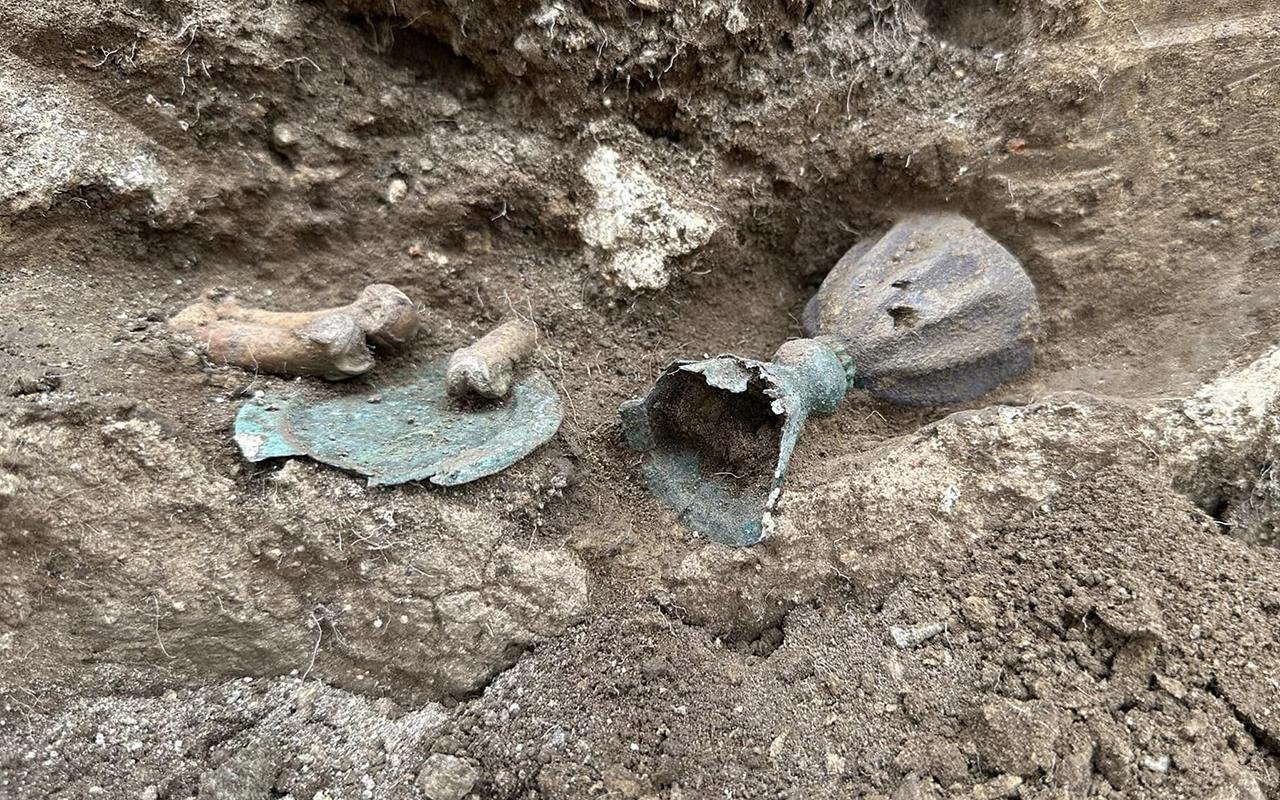
Credit: National Archaeological Institute of the Hungarian National Museum These discoveries include a 14th-century silver communion set and a hidden cache of 70 silver coins. The findings were made during the Institute’s microregional research project, which aims to uncover and document significant historical sites across Hungary.
The ten-year research initiative, known as the Archaeological Topography Program, seeks to identify and study every significant archaeological site in the country.
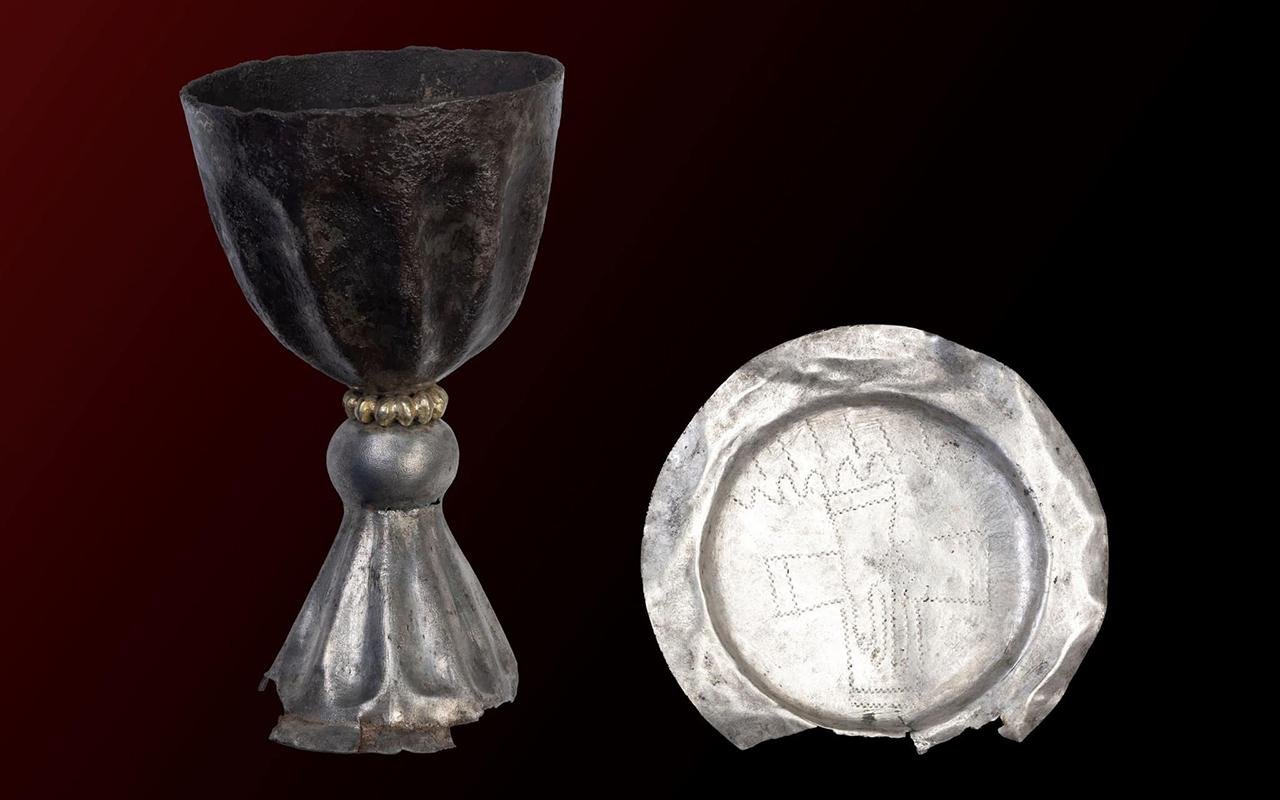
Credit: National Archaeological Institute of the Hungarian National Museum In October 2023, the team of archaeologists, led by Dr. Gábor Virágos, Deputy Director General of Archaeology at the Hungarian National Museum, conducted a trial excavation in the village of Tomajmonostora.
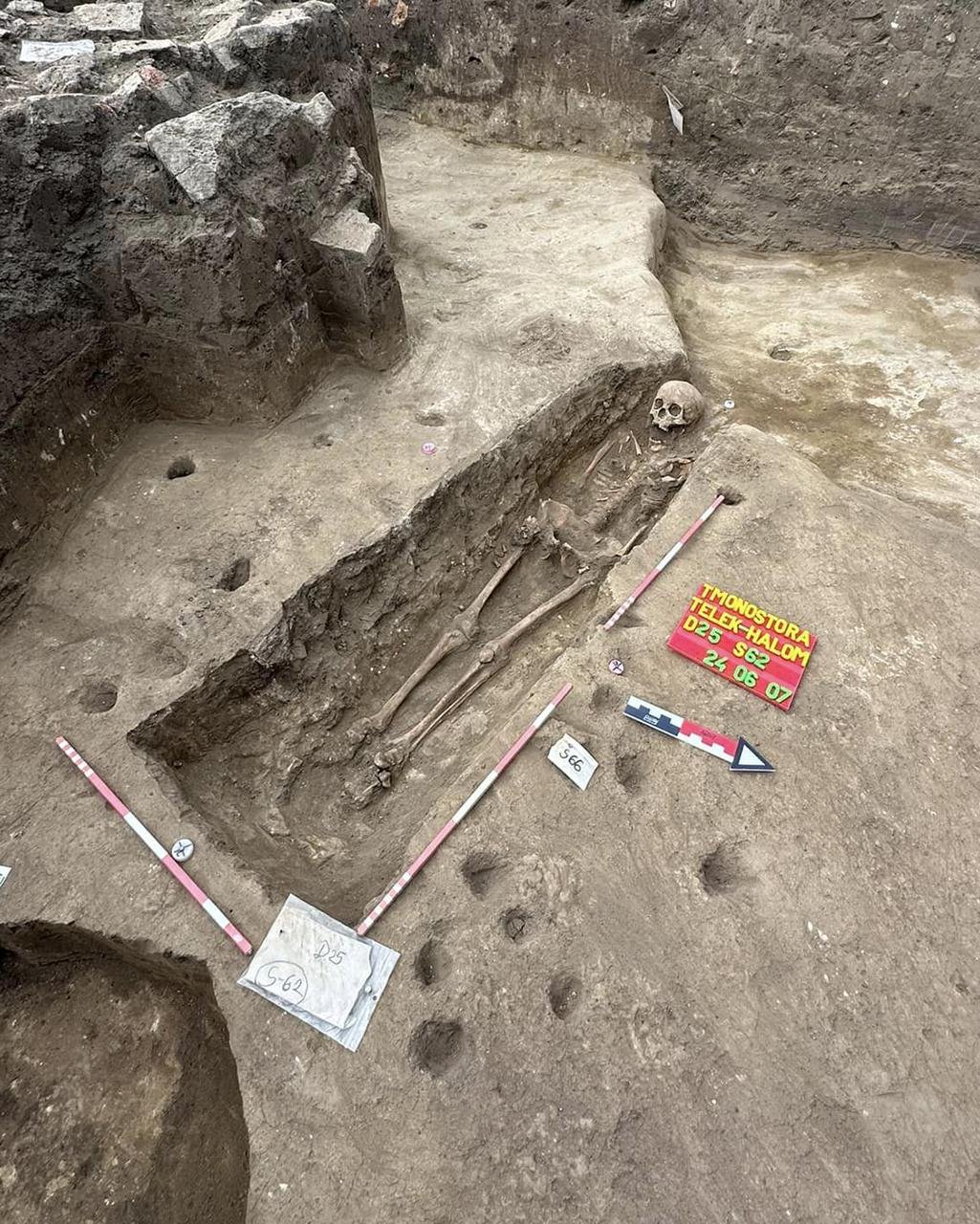
Credit: National Archaeological Institute of the Hungarian National Museum This site revealed the remains of a medieval Benedictine abbey, a significant find for understanding the region’s ecclesiastical history. The previous year’s excavations had already uncovered the layers of a three-<a class="wpg-linkify wpg-tooltip" title="
Nave
The nave is the central part of a church building, extending from the main entrance or narthex to the chancel or choir area. It is typically rectangular in shape and flanked by aisles on either side. The nave is where the congregation gathers for worship and where the main altar is often located. In some churches, the nave may be separated from the chancel by a screen or an altar rail. The term “nave” comes from the Latin word “navis,”” href=”https://archaeologymag.com/encyclopedia/nave/” target=”_blank”>nave basilica and an early round church, indicating the presence of a complex monastic community.
Among the most striking discoveries this year was a silver communion set, comprising a chalice and a wafer holder, found in the hands of a deceased individual. These ceremonial vessels, believed to date back to the 13th or 14th century, suggest a burial of considerable importance, though further excavation is required to fully understand the context.
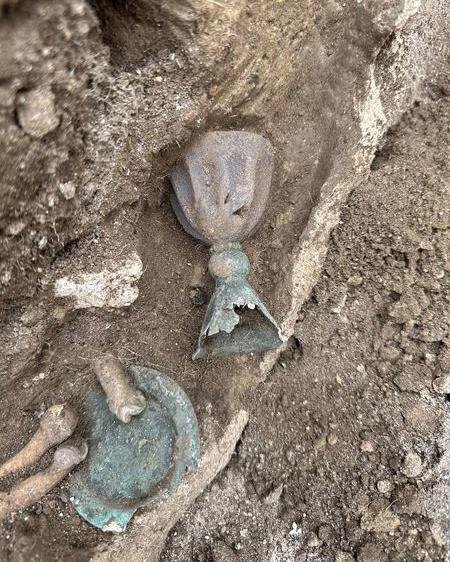
Credit: National Archaeological Institute of the Hungarian National Museum Another significant find from the Tomajmonostora site is a treasure trove of 70 silver coins, known as Viennese denarii. These coins, issued by the Austrian princes, were not only minted in Vienna but also in Enns and Bécsujhely, reflecting the extensive trade networks of the 13th and 14th centuries. The presence of these coins in Hungary underscores the region’s economic connections during this period.
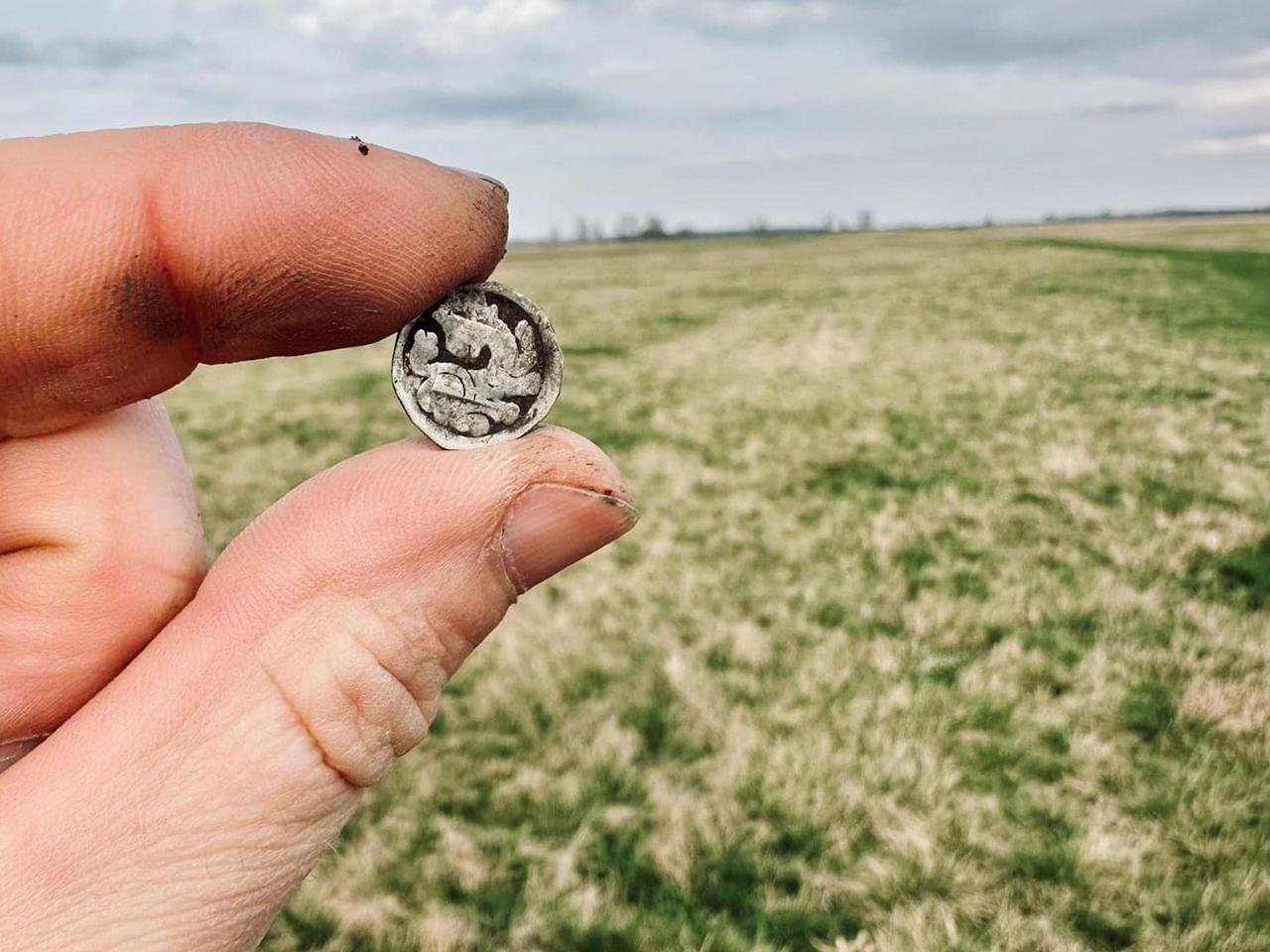
Credit: National Archaeological Institute of the Hungarian National Museum The research at Tomajmonostora is part of a broader effort by the National Archaeological Institute to investigate key historical events and sites across Hungary. One of the significant focuses is the site of the Battle of Mezőkeresztes, fought in 1596. The battle was a pivotal moment in Hungarian history, and the Institute aims to collect and interpret <a class="wpg-linkify wpg-tooltip" title="
Artifact
An artifact or artefact (British English) refers to any portable object or material that has been created, modified, or used by humans. It is the basic “unit” of archaeological analysis. Artifacts can vary widely in terms of size, material, and purpose. They can include tools, pottery, jewelry, weapons, clothing, and more. These diverse forms may at times be mistaken for ecofacts and features, with all three often coexisting within archaeological sites. Archaeologists study artifacts to learn about the technological advancements,” href=”https://archaeologymag.com/encyclopedia/artifact/” target=”_blank”>artifacts related to this event.
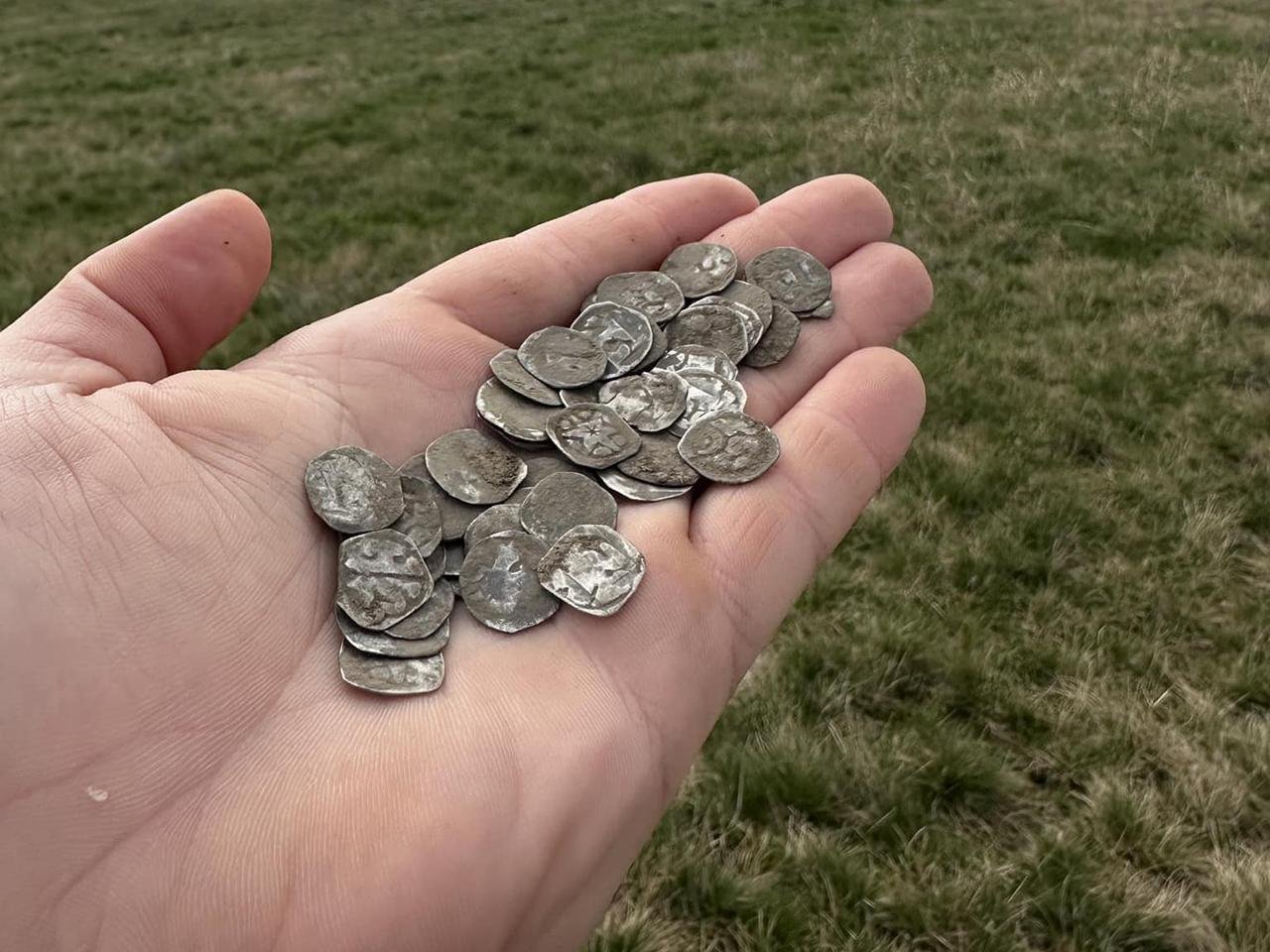
Credit: National Archaeological Institute of the Hungarian National Museum Archaeologist Gábor Bakos, who heads the field research, explained: “Of course, the region was populated before and after the series of events, so we come across findings from several eras during the work. These objects and their fragments can be dated from prehistoric times to the present day.”
Sorry, there were no replies found.
Log in to reply.
